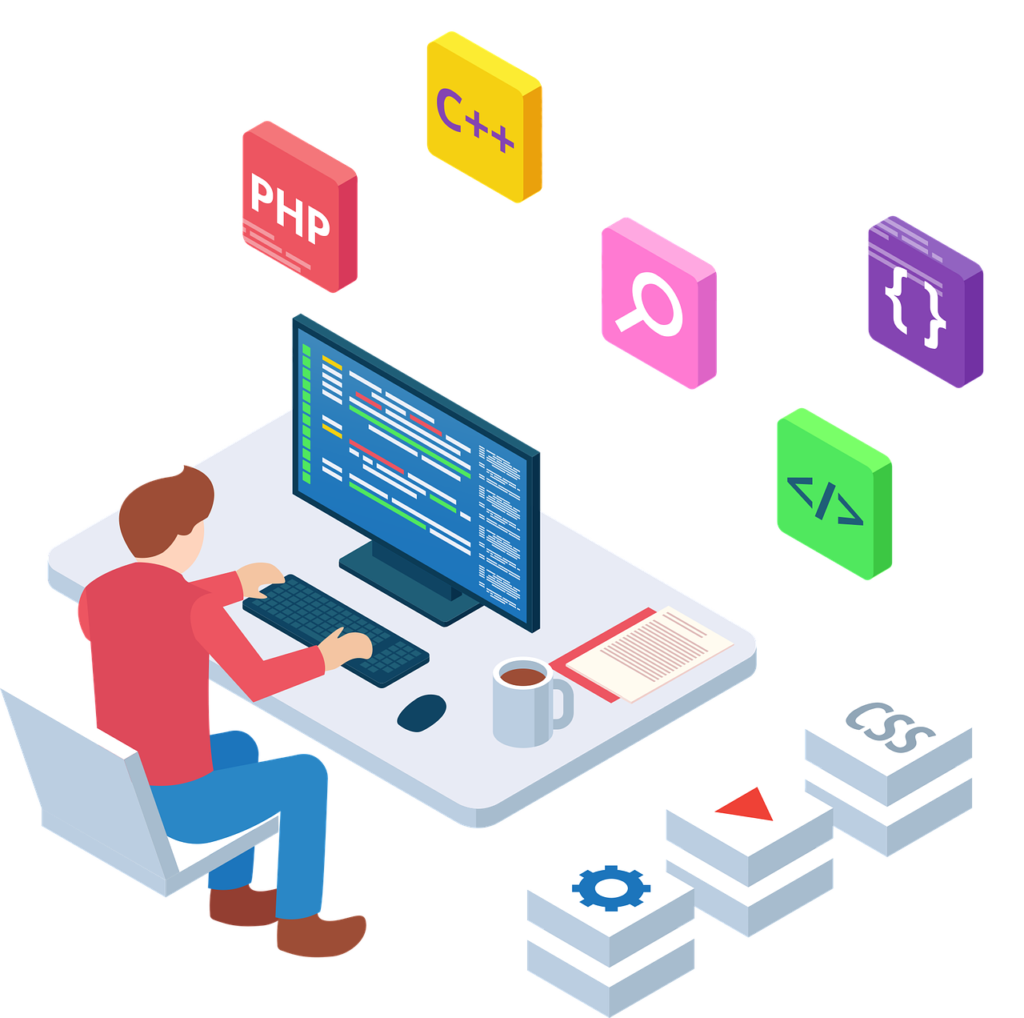
The Software Development Life Cycle (SDLC) is a systematic process for developing software that ensures high-quality outcomes by following well-defined steps. It provides a structured approach to designing, developing, testing, deploying, and maintaining software systems.
Key Objectives of SDLC
- Deliver High-Quality Software: Ensures the software meets user requirements and functions correctly.
- Efficient Resource Utilization: Streamlines processes to save time, effort, and cost.
- Risk Management: Identifies and mitigates risks early in development.
- Customer Satisfaction: Delivers a product that aligns with the client’s expectations and business goals.
Phases of SDLC
- Planning
- Objective: Define the project’s scope, purpose, and feasibility.
- Key Activities:
- Gather requirements from stakeholders.
- Assess feasibility (technical, financial, and operational).
- Create a project plan and schedule.
- Requirements Analysis
- Objective: Clearly understand and document what the software should do.
- Key Activities:
- Detailed requirements gathering.
- Documentation (e.g., Software Requirement Specification – SRS).
- Approval from stakeholders.
- Design
- Objective: Create a blueprint for the system.
- Key Activities:
- Design architecture (high-level and detailed).
- Define data flow diagrams, database schema, and interfaces.
- Choose the technology stack.
- Implementation (Development)
- Objective: Build the actual software based on the design.
- Key Activities:
- Write code following coding standards.
- Perform unit testing to ensure each component works.
- Collaborate using tools like Git for version control.
- Testing
- Objective: Identify and fix defects to ensure quality.
- Key Activities:
- Conduct various tests (functional, integration, performance, etc.).
- Use automated or manual testing tools.
- Ensure the software meets requirements and is bug-free.
- Deployment
- Objective: Deliver the software to the user or production environment.
- Key Activities:
- Deploy the software on servers or devices.
- Conduct user acceptance testing (UAT).
- Train end-users if necessary.
- Maintenance
- Objective: Keep the software operational and up-to-date.
- Key Activities:
- Fix bugs reported by users.
- Implement new features or updates.
- Monitor system performance and security.
Benefits of SDLC
- Predictability: Clear processes and milestones ensure project visibility.
- Efficiency: Reduces redundancy and optimizes resource usage.
- Quality Assurance: Ensures the final product meets user needs and is free from defects.
- Risk Reduction: Early identification and mitigation of risks.
Popular SDLC Models
- Waterfall Model: Linear and sequential, best for well-defined projects.
- Agile Model: Iterative and flexible, focusing on collaboration and adaptability.
- Spiral Model: Combines iterative and risk-driven approaches.
- V-Model: Emphasizes testing at every development phase.
- DevOps Model: Focuses on integration between development and operations for faster delivery.
By understanding SDLC, businesses can better manage software projects, ensure timely delivery, and achieve desired outcomes.


